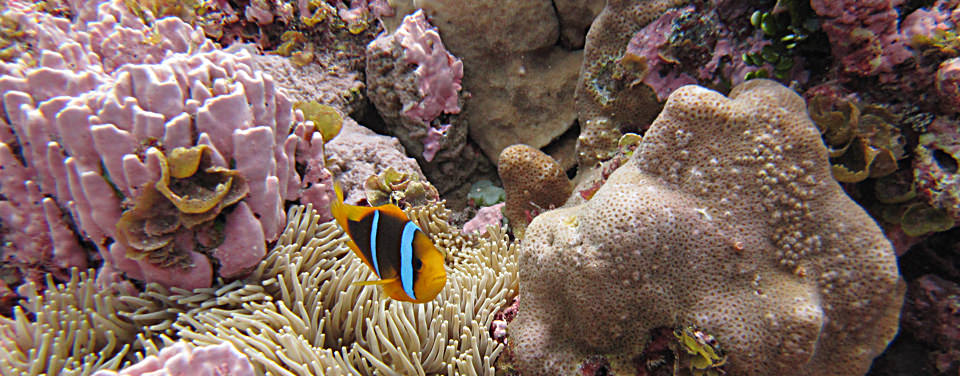
Washington, DC–(ENEWSPF)–December 2, 2013. Corals have long been popular as souvenirs, for home decor, and in jewelry, but many consumers are unaware that these beautiful structures are made by living creatures. Fewer still realize that corals are dying off at alarming rates around the world.
Coral reefs are some of the most biologically rich and economically valuable ecosystems on Earth, but they are increasingly threatened by pollution, invasive species, fishing, disease, bleaching, and global climate change.
Strong consumer demand for coral, heightened over the holiday season, is another factor that is contributing to the decline of coral reefs.
Each year, the U.S. imports tons of dead coral for home decorations and curios. Most of these corals are shallow-water species.
The U.S. is also the world’s largest documented consumer of Corallium, red and pink corals often used to create jewelry. Finished pieces of jewelry and art crafted from this type of coral can fetch anywhere between $20 and $20,000 in the marketplace.
Continued consumer demand is contributing to the decline of these delicate corals around the world. Commercial harvesting to satisfy the demand for coral jewelry has reduced colony size, density, and age structure of Corallium over time. Harvesting is also lowering the reproduction capability of this species and is decreasing its genetic diversity.
Research indicates that removal of red and pink corals for the global jewelry and art trade is also leading to smaller and smaller Corallium in the wild. The average base diameter of Corallium is now about two centimeters (0.8 inches), down from an average of 10 centimeters (3.9 inches) just a few decades ago.
Since corals grow at rates of 0.24 to 1.5 millimeters (0.01 to 0.06 inches) per year, they are extremely long-lived and do not reach maturity until they are seven to 12 years old. Once this coral is harvested—especially when it’s extracted at a young age—surrounding coral beds often do not recover.
Source: noaa.gov








